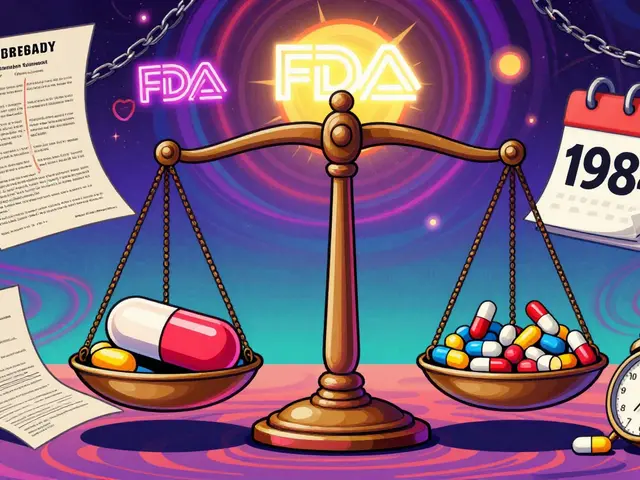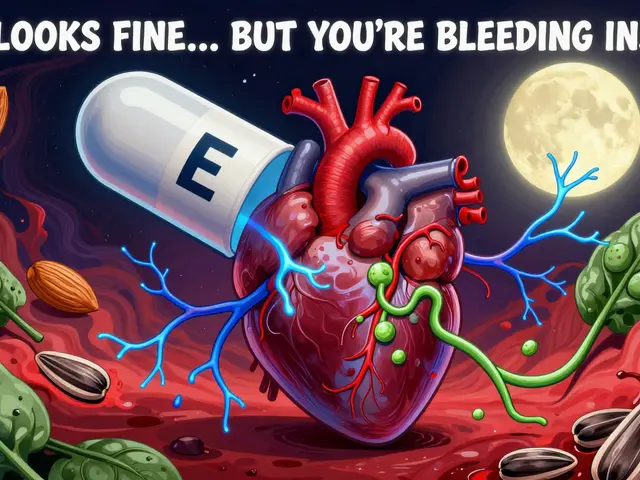Non-opioid options for pain relief: practical choices that work
Want to ease pain without opioids? Good news: there are clear, practical options you can try. Some work well for short-term aches, others help with chronic pain. Below I’ll walk you through common choices, what they do, and quick safety tips so you can talk to your doctor with confidence.
Drug-based alternatives
Start with over-the-counter meds. Acetaminophen (Tylenol) helps with mild to moderate pain and is gentler on the stomach. Don’t exceed the daily dose and watch for other meds that contain it. Nonsteroidal anti-inflammatory drugs (NSAIDs) like ibuprofen or naproxen cut inflammation and pain—good for sprains, arthritis flares, and menstrual cramps. They can upset your stomach or raise heart and kidney risks if used long term, so use the lowest effective dose and check with a clinician if you have heart, kidney, or stomach issues.
Topical treatments are useful when pain is focused in one spot. Gels or creams with diclofenac, lidocaine patches, or capsaicin can reduce pain with fewer systemic side effects. Apply as directed and avoid broken skin.
For nerve pain, some prescription non-opioid drugs work better than standard pain pills. Gabapentin and pregabalin are common for neuropathy. Certain antidepressants—duloxetine or nortriptyline—help chronic nerve and musculoskeletal pain, too. These take weeks to reach effect and often come from a specialist or primary care provider.
Non-drug approaches that really help
Physical therapy and exercise are two of the most effective long-term strategies. A targeted program strengthens muscles, improves movement, and lowers pain over time. Even simple routines—walking, stretching, or low-impact yoga—can make a big difference.
Behavioral tools like cognitive behavioral therapy (CBT) teach ways to cope with pain and reduce the stress that makes pain worse. Mindfulness, paced activity, and sleep hygiene also change how your brain processes pain.
Other useful options include injections (corticosteroid shots for joint pain, nerve blocks) and modalities like TENS units or acupuncture. These work for many people, but results vary—ask a clinician which might help your condition.
How to choose? Match the option to the problem. Acute injury often needs short-term NSAIDs and rest. Local joint pain can respond to topical agents or injections. Nerve pain may need anticonvulsants or antidepressants plus rehab. Always tell your doctor about other conditions and medicines so they can recommend the safest plan.
Want to switch away from opioids? Don’t stop suddenly. Talk to your prescriber about taper plans and combine medical and non-drug strategies to ease the transition. With the right mix—safe meds, therapy, and movement—you can reduce pain and regain function without relying on opioids.
Hydromorphone Alternatives: Exploring 5 Practical Options for Pain Relief
Looking for ways to manage pain without hydromorphone? This article breaks down five alternative options, including their strengths and drawbacks. We look at how each choice works, who they suit best, and what you should watch out for. The guide includes some practical tips and a handy comparison chart at the end. If you're searching for safer or more fitting pain relief, you'll find some straightforward answers here.





